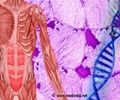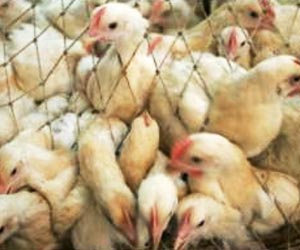Comparison of influenza viruses found in birds with the avian virus that have infected human hosts has revealed key genetic changes to researchers indicating pandemic strains of bird flu.
The research has been reported in the Nov. 16 issue of the journal Nature which illustrates the genetic changes required for the H5N1 avian influenza virus that makes it adaptable enough to recognize the receptors on human cells.Yoshihiro Kawaoka, the senior author of the Nature paper and a virologist at the University of Wisconsin-Madison School of Veterinary Medicine. "We identified two changes that are important. Both changes are needed for the H5N1 virus to recognize human receptors."
The latest report provides a molecular blueprint for the genetic changes required to transform a virus that only infects birds to a virus that can easily recognize human receptors on the surface of cells which allow the virus to attach to the cell and steer it towards a cascade of infection.
Knowledge of these genetic changes make it easier to detect the emergence of pandemic strains earlier, thereby providing public health officials and vaccine manufacturers with time to prepare for a global outbreak of highly pathogenic influenza.
Although human and avian influenza viruses recognize different cell receptors, avian flu viruses have an ability to evolve to easily infect humans by exchange of genes with human viruses which permits them to recognize human receptor molecules and gain easy access to cells, typically in the human respiratory system.
This occurs when human patients are exposed at the same time to a human flu virus as well as an avian flu virus. Most viruses, including influenza, readily swap genes with one another.
Advertisement
According to Kawaoka, the avian virus has already changed dramatically from when it was first identified in 1997.
Advertisement
Although these mutations that have been identified by Kawaoka's group have not yet conferred a complete ability on avian flu to easily recognize the topography of human cells, they are key steps on that pathway. Kawaoka says that more mutations will be required for the virus to fully adapt to humans, although it still remains to be seen how many mutations are needed for such a change.
However through continuous monitoring scientists will be able to continue to monitor and secure viral isolates from humans infected with bird flu, thereby making it easier to map a mutation trajectory that will help predict when the avian virus will cross the threshold to become a human pathogen.
Source-Medindia
NLA







